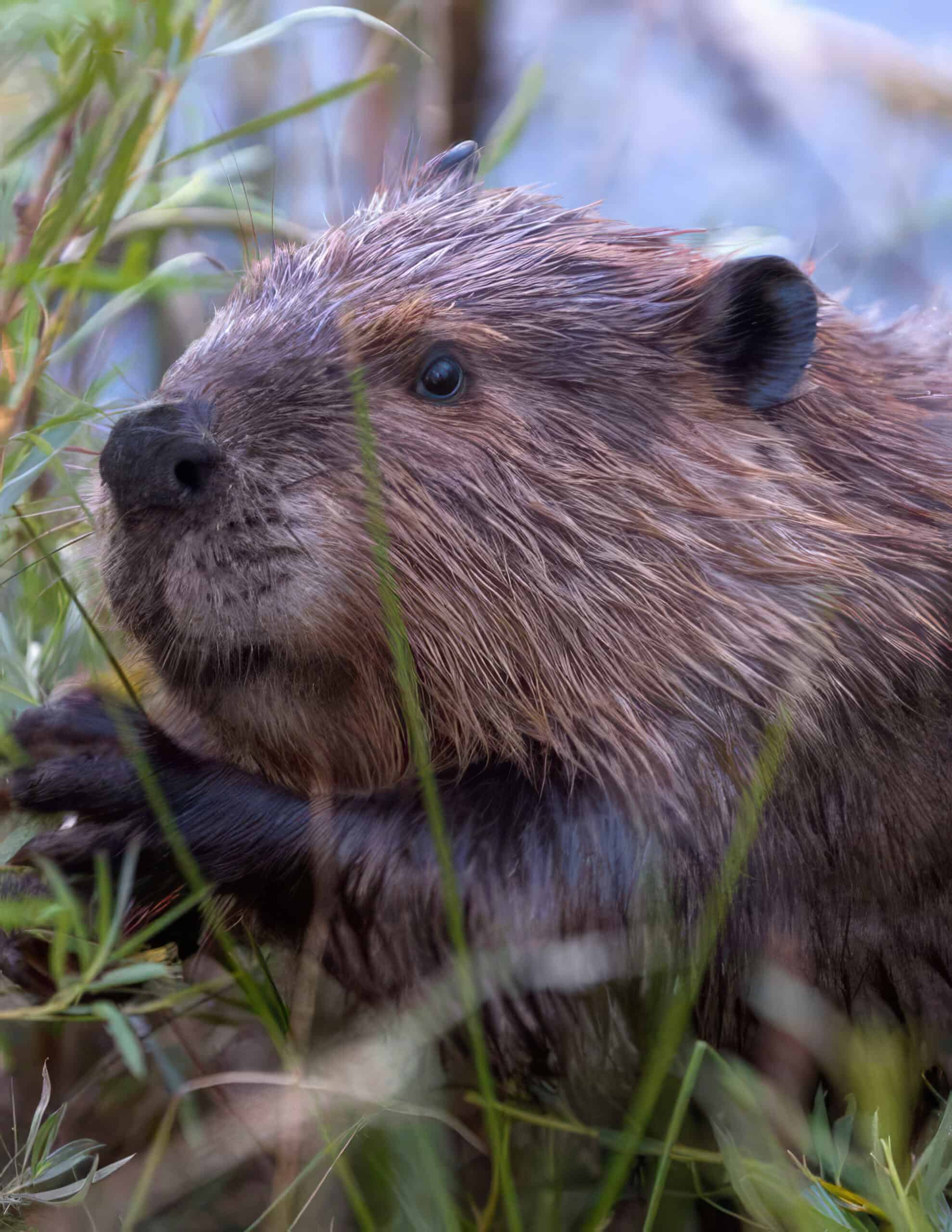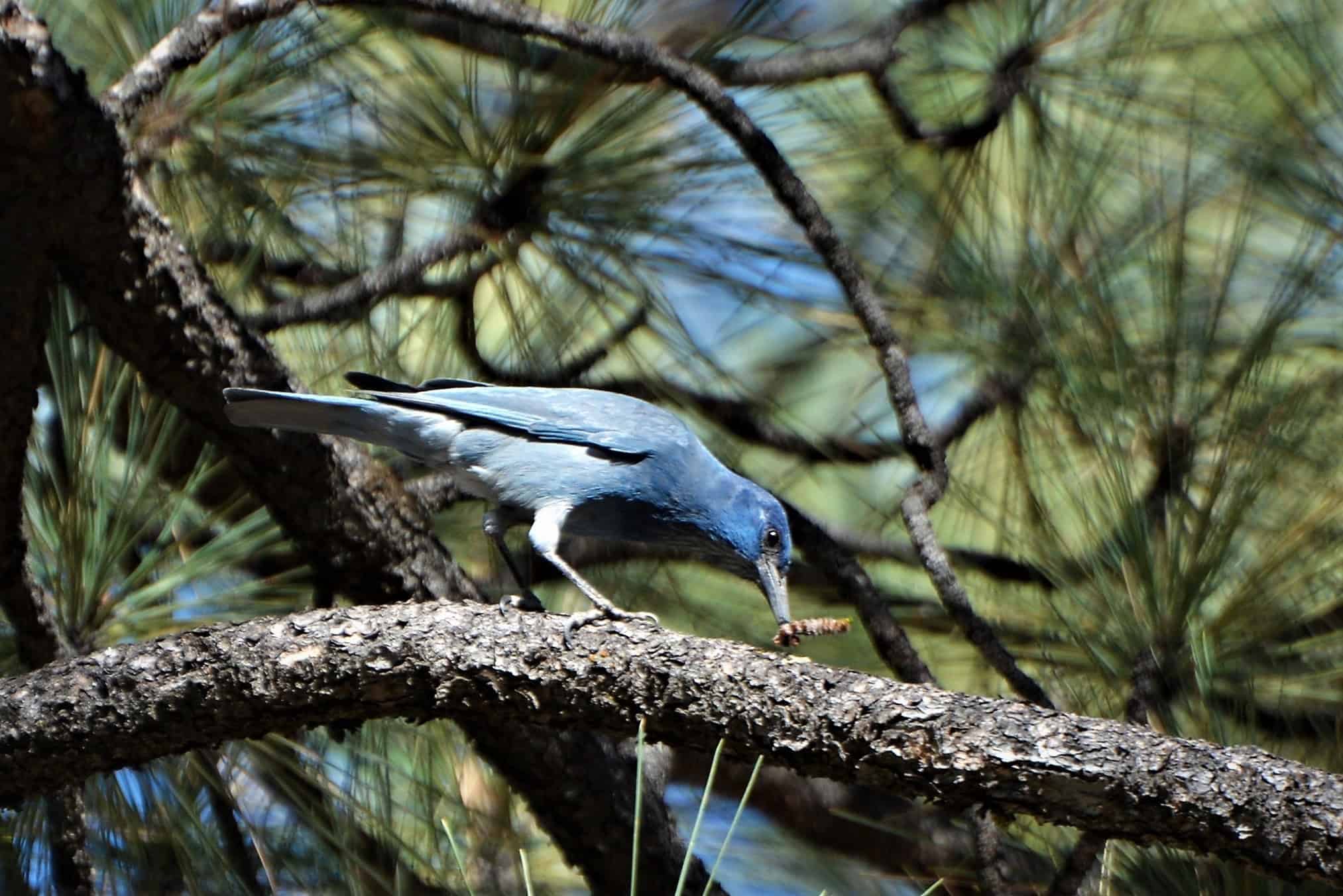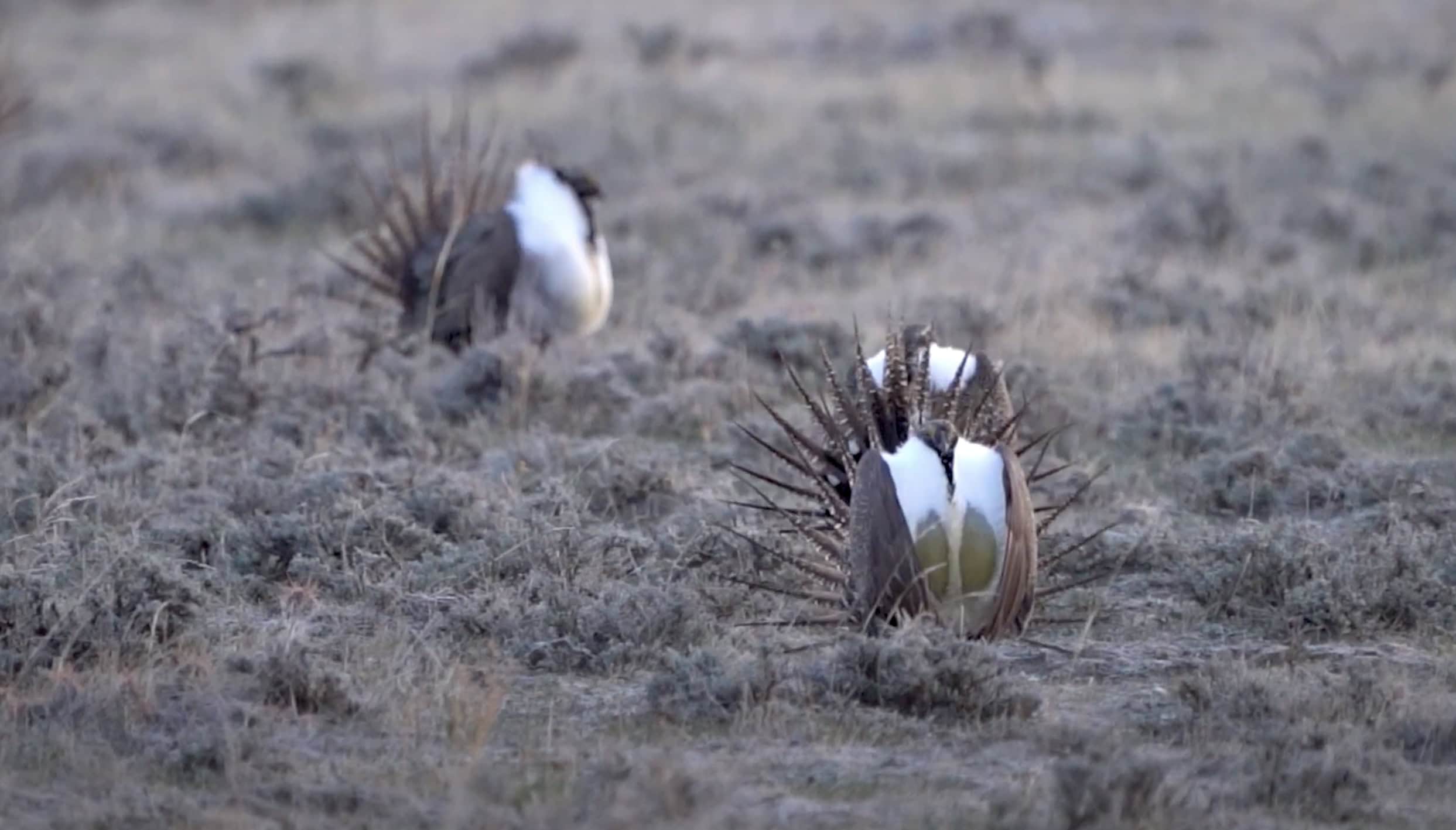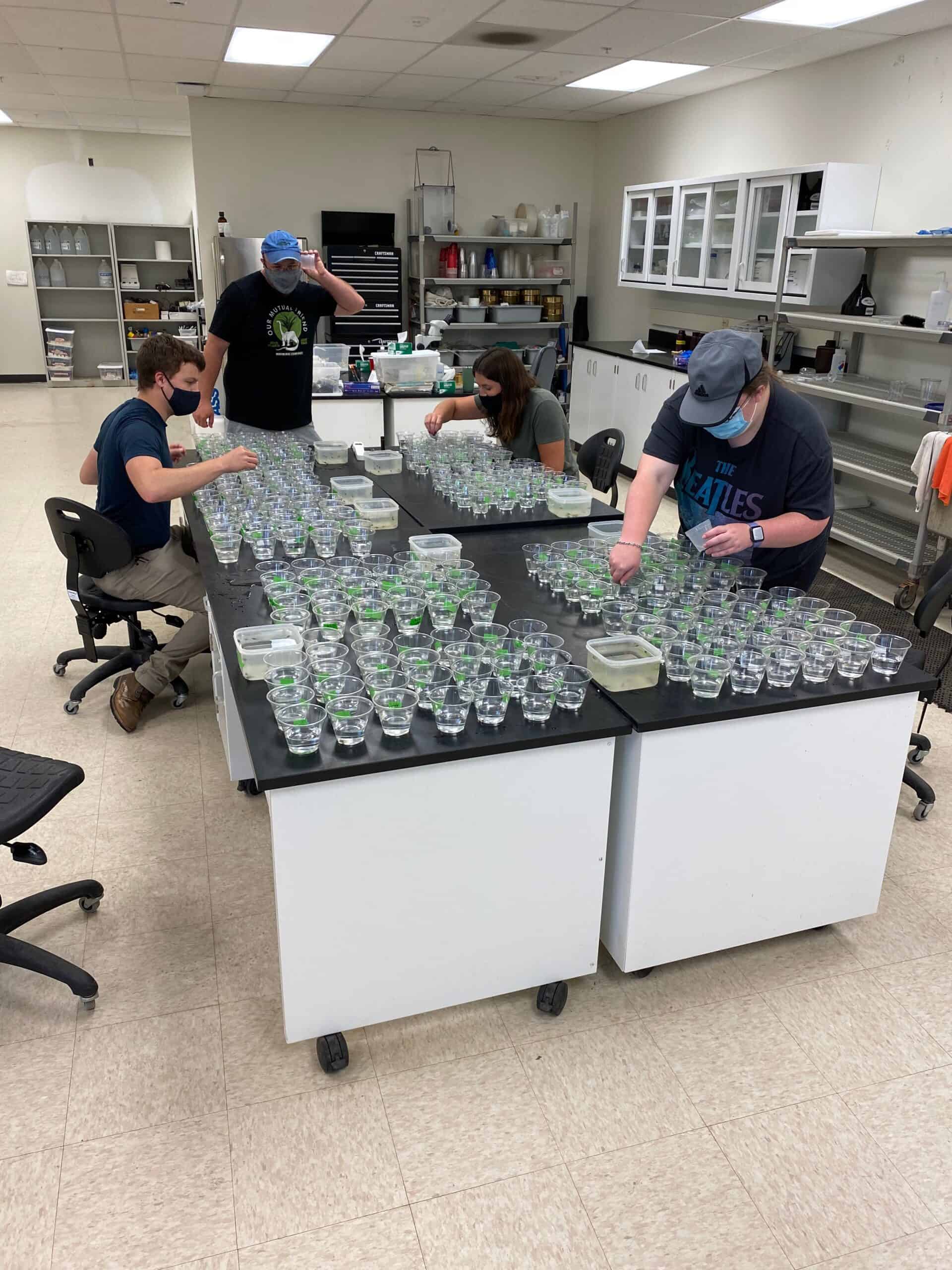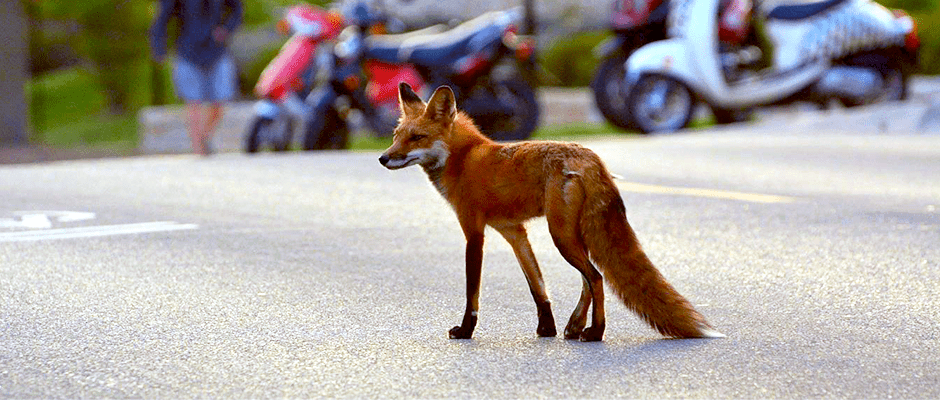
In urban landscape, coyotes and foxes coexist
In wild and rural areas, red foxes (Vulpes vulpes) tend to steer clear of coyotes (Canis latrans), which often kill foxes to reduce competition for food. But across the campus...
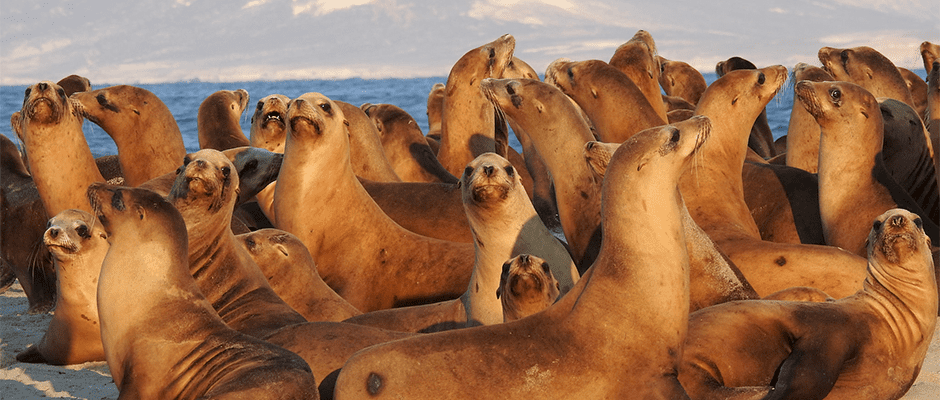
JWM: Recovered California sea lions on the decline again
After a decades-long recovery, California sea lions (Zalophus californianus) are dwindling again due to climate-driven reductions in prey, a recent long-term study shows. Centuries of human exploitation had once suppressed...
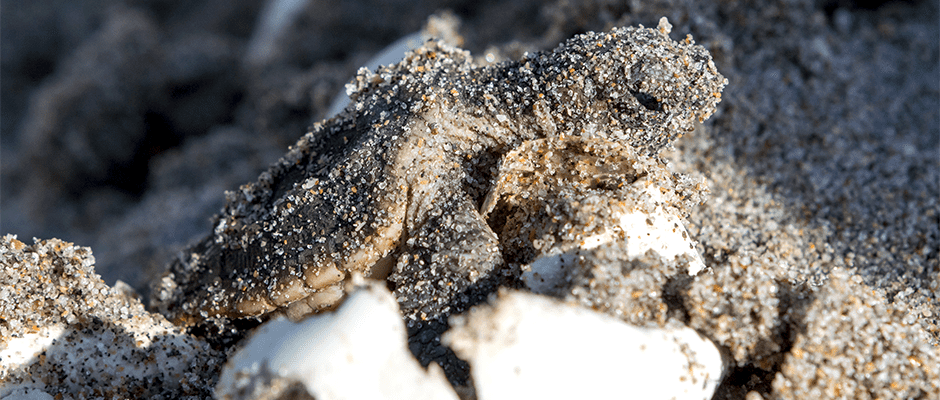
Moisture, not just temperature, may skew sea turtle sex
As the global climate warms, sea turtle clutches from Australia to the United States are becoming increasingly female, raising concerns about the propagation and persistence of these imperiled species. But...

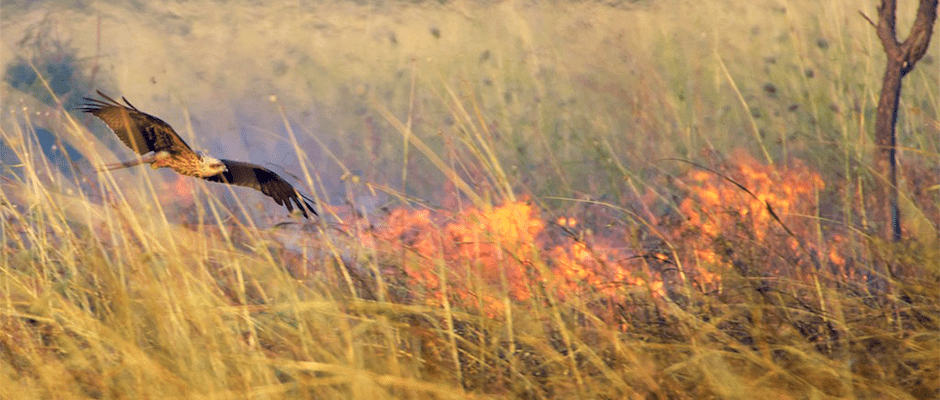
Australian ‘firehawks’ use fire to catch prey
For thousands of years, Australia’s Aboriginal people have sung stories about sacred “firehawks” — raptors that, according to lore, use fire to hunt and introduced fire to humans. Now, merging...
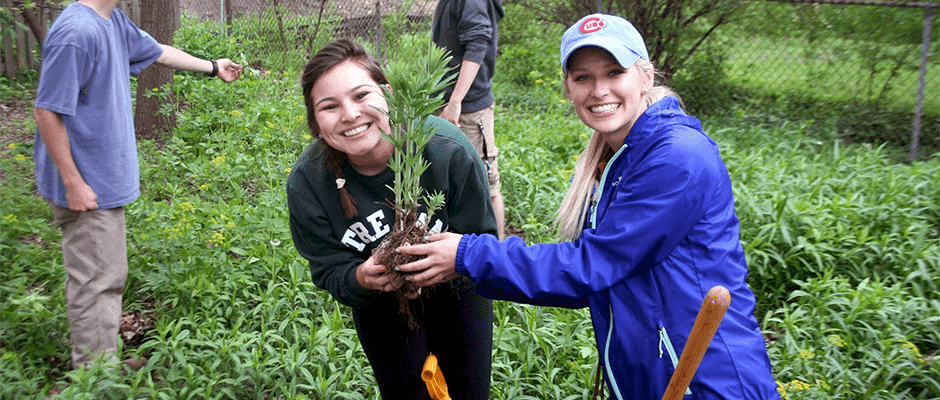
Bayer’s “Feed a Bee” funds Illinois college prairie
For over two years, a small liberal arts college in the suburbs of Chicago has been converting its campus to native prairie to nourish ecologically vital pollinators threatened by habitat...
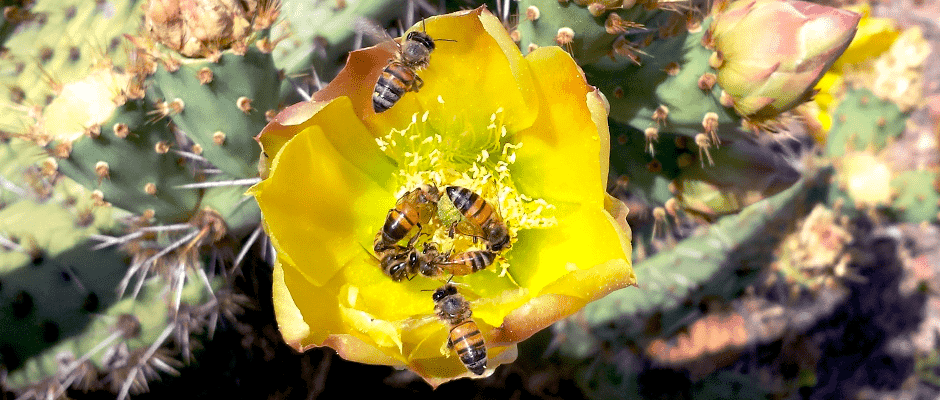
Honey bees pollinate a lot more than just crops
Buzz about the agricultural significance of honey bees and concerns about the implications of their decline for food production are widespread, but discussions about their status as pollinators beyond farms...
PAID AD

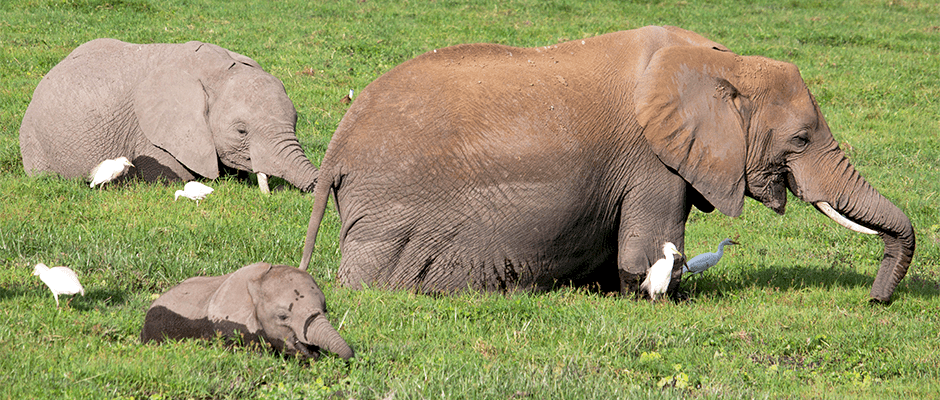
Human conflict kills wildlife as well
The toll of war isn’t limited to human casualties. Biologists recently found that since the mid-20th century, as conflict has become more common across Africa, mammal populations in turbulent areas...
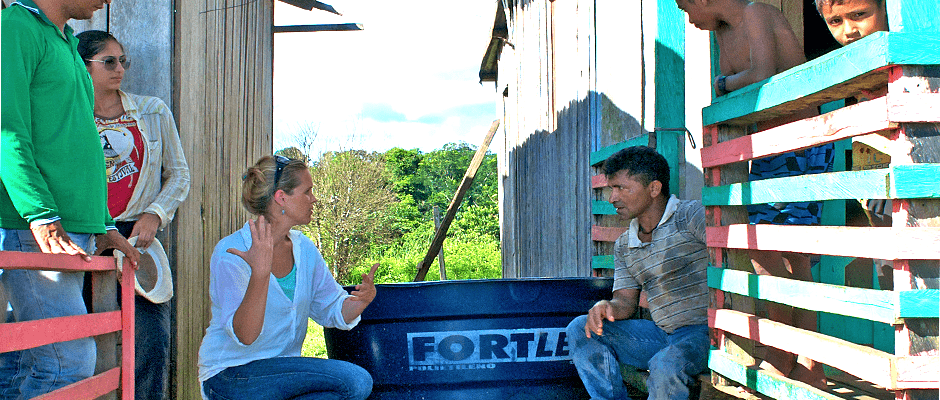
Adapting social science tools for wildlife research
Applying social science approaches to conservation research is growing in popularity, but as wildlife biologists step outside their quantitative world, they can find themselves wandering unfamiliar territory. Nibedita Mukherjee, a...
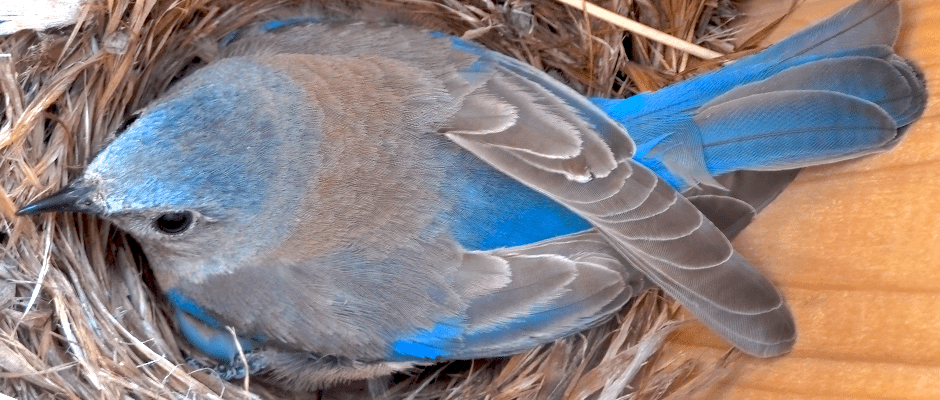
Stress from oil and gas noise causes birds to ‘dial down’
The constant noise at oil and gas sites creates ongoing stress for birds, prompting them to “dial down” their stress response to deal with the incessant sound, researchers in New...
PAID AD




